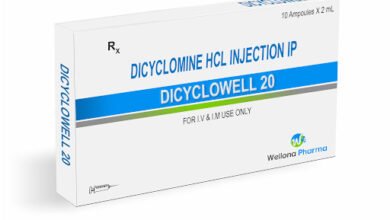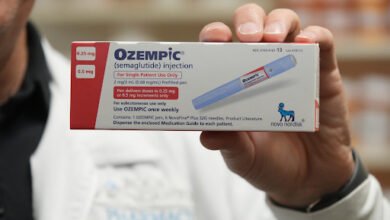Living With Atopic Dermatitis (AD)

Expert information and advice to help you — or a loved one — manage the physical and emotional effects of AD
Atopic dermatitis (AD), the most common form of eczema, affects nearly 16.5 million Americans, more of whom are women than men — and it’s common for women in their reproductive years (ages 15-49) to experience more severe symptoms.
Because this condition affects so many women, HealthyWomen launched a program in June 2021 to educate and empower those living with or caring for a loved one with AD. We even looked within our own team for a real woman’s perspective on caring for a child with severe eczema. Read the letter from our CEO, Beth Battaglino, for more insight on the importance of educating women on AD.
Resources are still needed to address the unmet AD needs of women, and we’re here to help you better understand the signs, symptoms, treatment options and barriers to getting care for your AD.
The symptoms and severity of this common skin condition can be different for everyone, so talking to a healthcare professional early is important. As Dr. Lawrence Eichenfield explains, there is no one-size-fits-all treatment for AD, and a trial-and-error approach can be difficult for families, especially those without access to a dermatologist.
If living with AD is making you want to hide under the covers, you’re not alone. Rathana Khiev opened up about the toll eczema took on her mental health and self-esteem, “I became more and more isolated. I’d never felt so sad and defeated before.”
Though living with AD can be frustrating, you’re not alone in the journey. Read on for more information about how you can manage your symptoms, find out what treatment options are available to you and learn about others who have faced similar challenges.
This resource has been created with support from Pfizer, Regeneron and Sanofi.
Atopic Dermatitis Education Program
Atopic dermatitis (AD), the most common form of eczema, is a chronic inflammatory disorder that causes significant morbidity and has a wide range of allergic and non-allergic comorbid disorders. AD affects nearly 16.5 million Americans. While AD affects both men and women equally, women have a higher prevalence and flare rate during their reproductive years (ages 15-49) due to hormone changes. For more information be sure to contact your healthcare provider and visit the links provided below.
HealthyWomen Resources
Additional Resources
Source link
#Living #Atopic #Dermatitis



